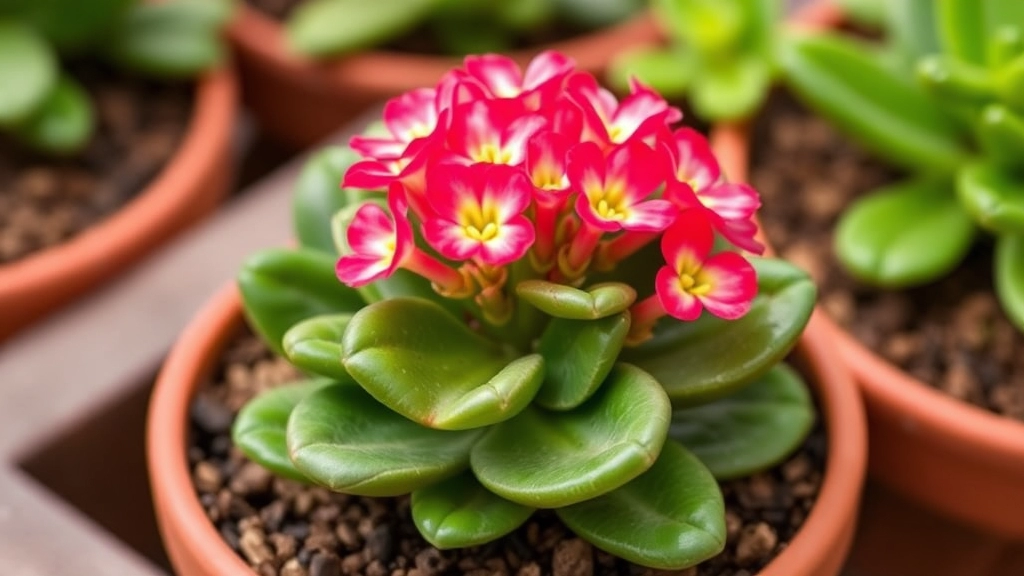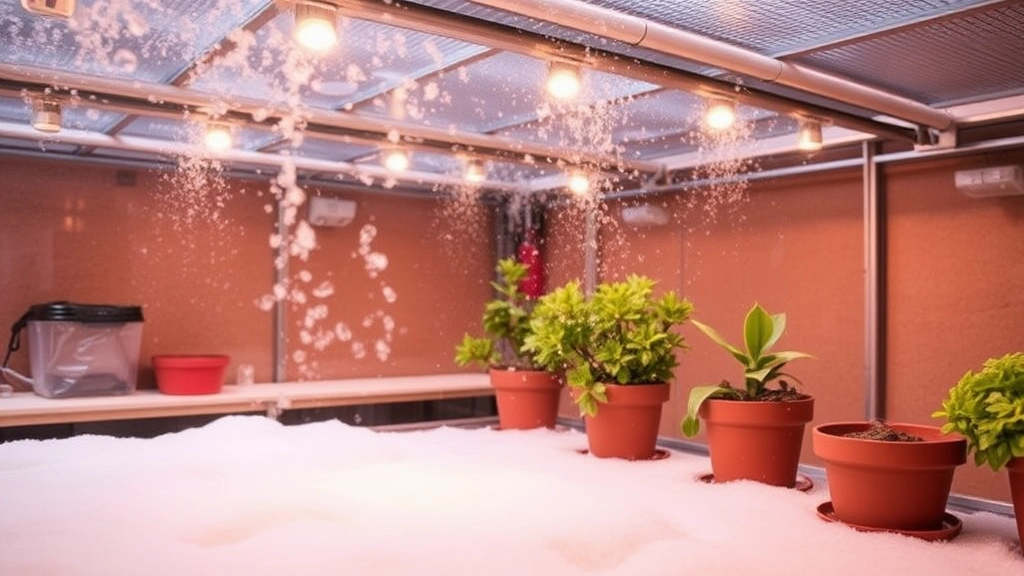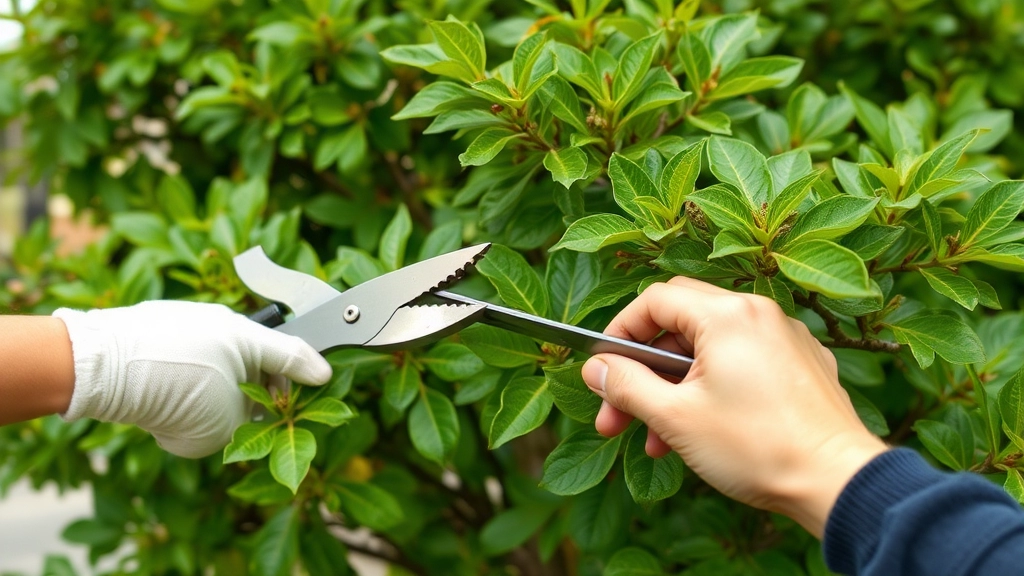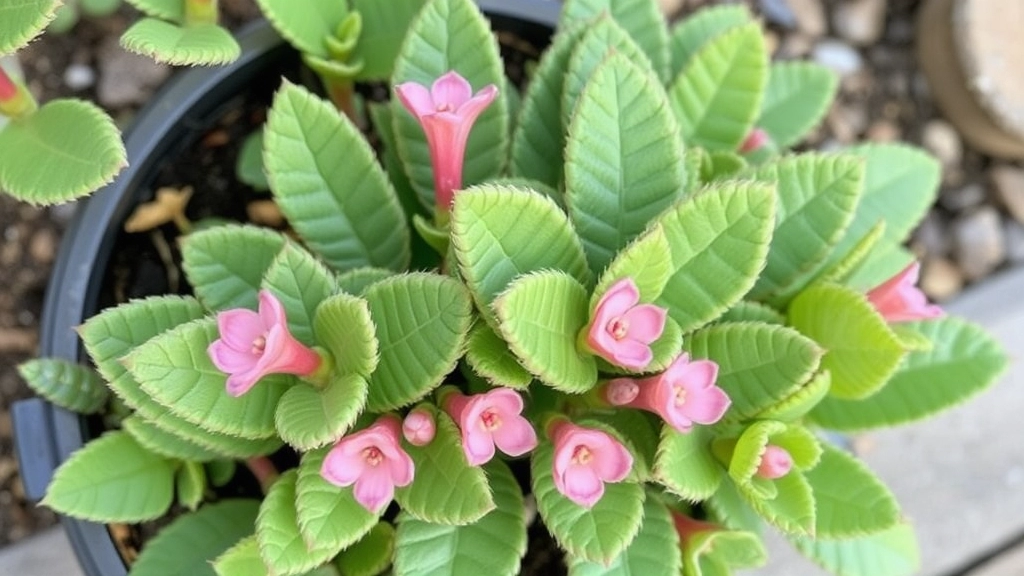Kalanchoe Synsepala Care
Light Conditions
When it comes to Kalanchoe Synsepala care, understanding the optimal light conditions is crucial. This succulent thrives in bright, indirect sunlight. Direct sunlight can scorch its leaves, so it’s best to place it near a window with filtered light. If you’re growing it indoors, a south-facing window with sheer curtains works wonders.
Soil Mix
Getting the soil mix right is another key aspect. Kalanchoe Synsepala prefers well-draining soil to prevent root rot. A cactus or succulent mix is ideal, or you can create your own by combining potting soil with sand or perlite. Proper drainage ensures that your plant remains healthy and vibrant.
Optimal Light Conditions for Kalanchoe Synsepala
When it comes to growing Kalanchoe synsepala, one of the most common questions is about its light requirements.
Understanding Light Needs
Kalanchoe synsepala thrives in bright, indirect sunlight.
- Ideal Location: A south-facing window is often the best spot.
- Direct Sunlight: While it can tolerate some direct sun, extended exposure can scorch its leaves.
- Low Light Conditions: Insufficient light can lead to leggy growth and reduced flowering.
Signs of Proper Lighting
To ensure your plant is happy, look for these signs:
- Vibrant Leaves: Healthy, green leaves indicate good light.
- Compact Growth: A well-lit Kalanchoe will grow compactly rather than stretching towards the light.
Adjusting Light Exposure
If you notice signs of stress, consider adjusting its light exposure:
- Rotate the Plant: This helps all sides receive equal light.
- Use Sheer Curtains: If the sunlight is too intense, diffusing it can protect your plant.
For more detailed care tips, you might find our ultimate guide to caring for Kalanchoe succulents helpful. Additionally, if you’re interested in exploring different varieties, check out our Kalanchoe succulent identification guide.
Best Soil Mix and Potting Tips for Kalanchoe Synsepala

So, you’ve got your Kalanchoe Synsepala, and now you’re wondering what soil it needs to thrive.
Choosing the right soil mix is crucial for keeping your plant healthy and happy.
Ideal Soil Mix
Kalanchoe Synsepala loves a well-draining soil. Here’s what I recommend:
- Cactus Mix: A pre-made cactus mix works wonders. It’s designed to drain quickly and prevent root rot.
- DIY Mix: Want to get crafty? Mix equal parts of:
- Potting soil
- Perlite or pumice
- Sand (preferably coarse)
This blend will ensure your plant gets the drainage it craves while still holding some moisture.
Potting Tips
Now, let’s talk pots. The right pot can make all the difference. Here are some tips:
- Drainage Holes: Always choose pots with drainage holes. This helps excess water escape, keeping roots dry.
- Size Matters: Go for a pot that’s slightly larger than the root ball. Too big, and the soil might stay too moist.
- Repotting: If you notice roots poking out of the drainage holes, it’s time to repot. Spring is the best season for this.
Additional Considerations
- Sterilize Your Pots: If you’re reusing a pot, make sure to clean it well. This helps prevent pests and diseases.
- Top Dressing: Consider adding a layer of gravel or small stones on top of the soil. This can help with moisture retention and looks pretty too!
When it comes to caring for your Kalanchoe Synsepala, watering can often be a source of confusion.
How much is too much? How little is too little?
Understanding the right watering techniques and frequency is crucial for your plant’s health.
### Watering Techniques:
– **Soil Check:** Always check the top inch of the soil before watering. If it feels dry, it’s time to give your plant a drink.
– **Deep Watering:** When you do water, ensure you do so thoroughly. Water until it drains from the bottom of the pot. This encourages deep root growth.
– **Avoid Overhead Watering:** Water at the base of the plant to prevent moisture on the leaves, which can lead to rot.
– **Use Well-Draining Soil:** This is vital. A mix designed for succulents will help excess water escape.
### Frequency of Watering:
– **Seasonal Adjustments:** In the growing season (spring and summer), you may need to water more frequently, about every 2-3 weeks.
– **Winter Care:** During the dormant season (fall and winter), reduce watering to once a month.
– **Signs of Under-Watering:** If the leaves start to wrinkle or feel soft, your plant may need more water.
– **Signs of Over-Watering:** Yellowing leaves or mushy stems indicate too much water.
By mastering these watering techniques and understanding the frequency needed, you can ensure your Kalanchoe Synsepala thrives. For more detailed care tips, check out our [ultimate guide to growing Kalanchoe Pink Plant](https://planthq.org/ultimate-guide-to-growing-kalanchoe-pink-plant/) and learn how to [plant Kalanchoe step-by-step](https://planthq.org/how-to-plant-kalanchoe-stepbystep-guide/).
Temperature and Humidity Needs

Maintaining the right temperature and humidity levels is essential for the health of your Kalanchoe Synsepala.
What Temperature Does Kalanchoe Synsepala Prefer?
- Ideal Range: Kalanchoe Synsepala thrives in temperatures between 20°C to 25°C (68°F to 77°F).
- Minimum Temperature: It can tolerate a drop to 10°C (50°F), but anything lower can stress the plant.
- Avoid Extremes: Sudden temperature changes or extreme heat can lead to wilting or leaf drop.
Humidity Levels
- Optimal Humidity: This succulent prefers low to moderate humidity levels, ideally around 40% to 60%.
- Avoid High Humidity: High humidity can lead to fungal issues and rot.
Tips for Maintaining Ideal Conditions
- Indoor Environment: If you’re growing indoors, place your Kalanchoe near a window but away from drafts.
- Outdoor Growth: If outdoors, ensure it is in a sheltered spot, especially during colder months.
- Use a Hygrometer: Consider using a hygrometer to monitor humidity levels, especially in dry seasons.
Fertilization Guide for Healthy Growth
When it comes to nurturing your Kalanchoe Synsepala, fertilization plays a pivotal role in its overall health and vibrancy. You might be wondering, “How often should I fertilize?” or “What type of fertiliser is best?” Let’s dive into the essentials.
Pruning and Maintenance for Shape and Health

Have you ever looked at your Kalanchoe Synsepala and thought, “It needs a little TLC”?
Pruning is essential to keep your plant looking vibrant and healthy.
Here’s how to do it right:
- Timing is Key: The best time to prune is during the growing season—spring and summer. This encourages new growth and helps the plant heal faster.
- Tools You’ll Need: Grab a pair of sharp, clean scissors or pruning shears. Clean tools help prevent disease.
- What to Cut: Focus on dead or yellowing leaves and any leggy stems. Cutting these back not only improves appearance but also promotes air circulation.
- How Much to Prune: Don’t go overboard! Aim to remove about one-third of the plant at a time. This way, it won’t go into shock.
- Technique Matters: Cut just above a leaf node. This encourages new growth from that point.
- Maintenance: After pruning, give your plant a little extra care. Monitor its watering needs and consider a light feeding to help it bounce back.
Remember, a well-pruned Kalanchoe Synsepala not only looks better but is also healthier.
Propagation Methods: Stem Cuttings and Plantlets
As we explore the essential care for Kalanchoe Synsepala, propagation is a rewarding aspect that many plant enthusiasts look forward to. Whether you’re keen on expanding your collection or sharing the joy of gardening with friends, mastering propagation techniques can be incredibly fulfilling.
Stem Cuttings
One of the simplest ways to propagate Kalanchoe Synsepala is through stem cuttings. Here’s how to do it effectively:
- Select Healthy Stems: Choose stems that are healthy and free from pests or diseases.
- Cut the Stem: Using clean, sharp scissors, cut a 4-6 inch section from the stem. Ensure the cut is made just below a leaf node.
- Let it Callous: Place the cutting in a dry, warm spot for a few days. This allows the cut end to callous over, which helps prevent rot when it’s planted.
- Planting: Once calloused, place the cutting in well-draining soil. A cactus or succulent mix works well.
- Water Sparingly: After planting, water lightly. Allow the soil to dry out between waterings.
Plantlets
Kalanchoe Synsepala often produces tiny offsets or plantlets around its base. These can be propagated easily:
- Remove Plantlets: Gently pull the plantlet away from the mother plant, ensuring you get some roots.
- Potting: Plant the offsets in a small pot with a suitable soil mix.
- Watering: Water the new plantlets lightly and place them in bright, indirect light.
Both methods are straightforward and can lead to a thriving new plant. For more detailed care tips, check out our step-by-step guide on planting Kalanchoe. Additionally, if you’re interested in expanding your collection, consider our guide on buying Kalanchoe succulents.
Managing Common Pests and Diseases
So, you’ve got your Kalanchoe Synsepala thriving, but what happens when those pesky pests or diseases come knocking?
FAQs on Kalanchoe Synsepala Care
What type of soil is best for Kalanchoe Synsepala?
Kalanchoe Synsepala thrives in a well-draining soil mix. A pre-made cactus mix is ideal, but you can also create a DIY mix using equal parts potting soil, perlite or pumice, and coarse sand.
What kind of pot should I use for my Kalanchoe Synsepala?
Choose a pot with drainage holes to allow excess water to escape. The pot should be slightly larger than the root ball to prevent the soil from staying too moist. If repotting, spring is the best season to do so.
How should I maintain the temperature for Kalanchoe Synsepala?
Maintain temperatures between 20°C to 25°C (68°F to 77°F) for optimal growth. The plant can tolerate drops to 10°C (50°F), but avoid exposing it to lower temperatures or sudden temperature changes.
What are the humidity requirements for Kalanchoe Synsepala?
This succulent prefers low to moderate humidity levels, ideally around 40% to 60%. High humidity can lead to fungal issues and rot, so it’s best to keep the environment dry.
When is the best time to prune Kalanchoe Synsepala?
The best time to prune is during the growing season, which is spring and summer. Pruning during this time encourages new growth and helps the plant heal faster.
What tools do I need for pruning Kalanchoe Synsepala?
Use sharp, clean scissors or pruning shears to prevent disease. Clean tools ensure that the cuts are precise and reduce the risk of infection.
How much of the plant should I prune at one time?
Aim to remove about one-third of the plant at a time. This prevents the plant from going into shock and ensures healthier regrowth.
What should I focus on when pruning?
Focus on cutting dead or yellowing leaves and any leggy stems. This not only improves the plant’s appearance but also promotes better air circulation.
Are there any additional potting tips for Kalanchoe Synsepala?
If reusing a pot, make sure to sterilize it to prevent pests and diseases. Adding a layer of gravel or small stones on top of the soil can help with moisture retention and enhance the plant’s appearance.
Any tips for maintaining ideal indoor conditions for Kalanchoe Synsepala?
Place your Kalanchoe near a window but away from drafts. Consider using a hygrometer to monitor humidity levels, especially during dry seasons.
References
-
Ideal Soil Mix for Kalanchoe Synsepala
-
Potting Tips for Succulents
-
Temperature and Humidity Needs for Kalanchoe Synsepala
